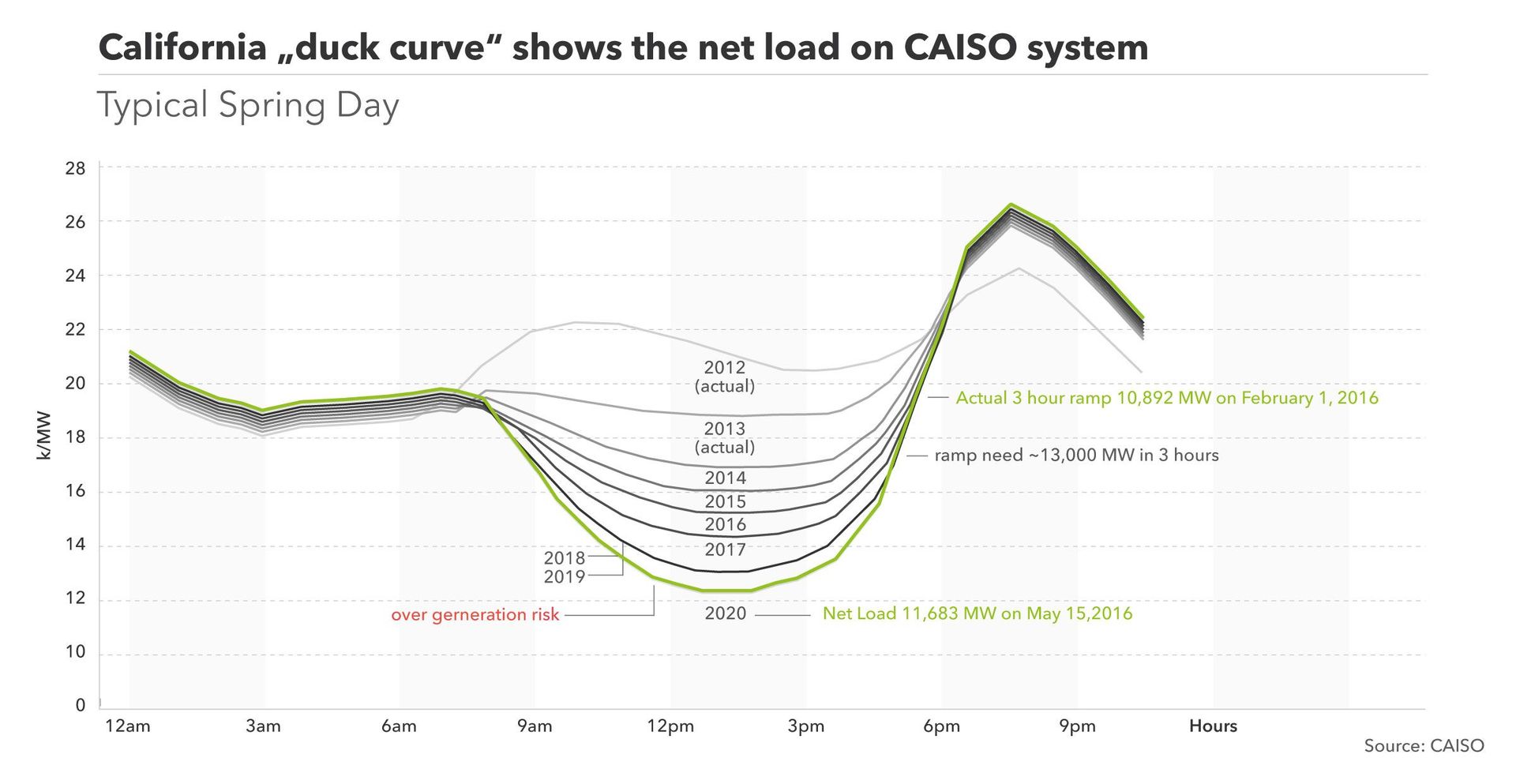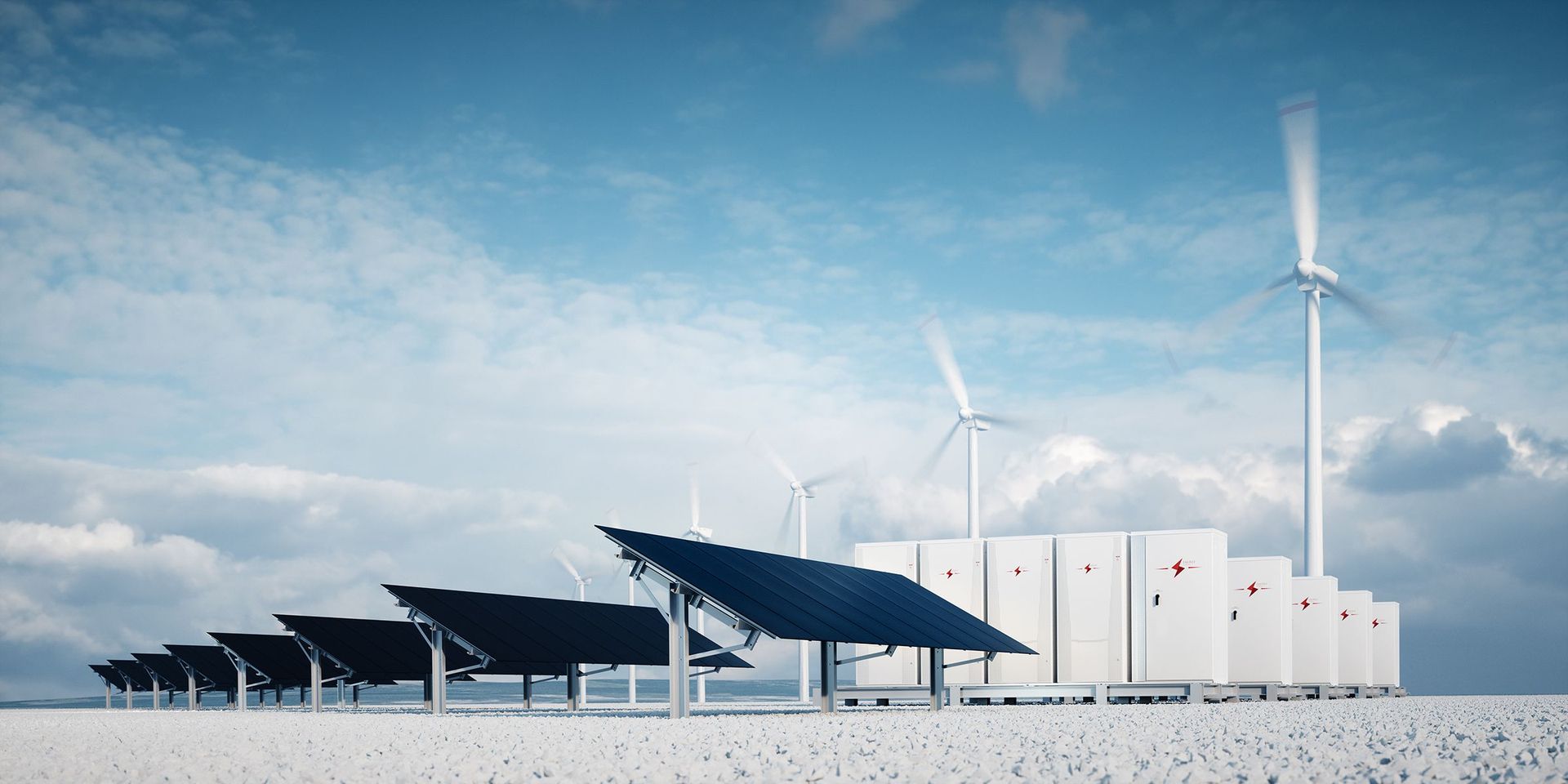What is Flexibility in the Electricity Sector?
Definition
When one speaks of flexibility in the electricity sector, one usually means the possibility to adjust the electrical consumption or the electrical production of an installation or process. This could be in response to a price signal, the grid frequency, or an activation signal from the grid operator.
Examples of Flexibility in the Electricity Sector
Different technologies have flexibility, often without their operators being aware of it:
- Consumption flexibility, better known as demand response: temporary reduction or increase of the consumption of an industrial process, electrolysers, a household, etc.
- Production flexibility: increase or decrease the production of power plants. In addition to large power plants, CHPs, emergency power generators and renewable power plants are also eligible.
- Storage flexibility: pumped hydropower plants such as those of Coo-Trois-Ponts, lithium-ion or redox flow batteries, or flywheels allow energy to be stored and later be released.
To estimate the flexibility of a consumption process, flexible production installation, or energy storage system, one looks at the extent to which the power can be adjusted in relation to normal business operations. Three questions can help here:
- In which direction can the electrical power be controlled? Reducing consumption or increasing production is upward flexibility, increasing consumption or decreasing production is downward flexibility.
- How quickly can the power be adjusted? Can one react within a few seconds or within a few minutes?
- For how long can the power be adjusted? For a few minutes, a few quarters, or for several hours?
The answer to these questions helps to identify in which application the flexibility can best be used. These applications are briefly described in the following section.
Value of Flexibility
Flexibility can be exploited in different applications. Broadly speaking, we can distinguish the following categories:
- Take advantage of price fluctuations on the power exchanges (learn more about power trading here). This allows you to shift your consumption to moments with lower prices, or your production to moments with higher prices.
- Offer flexibility as balancing energy (balancing markets) to the grid operator. The grid operator compensates providers for the provision of these system services.
- Respond on the basis of expected fluctuations in imbalance prices. This is also called reactive balancing.
All these applications contribute to maintaining a stable grid where supply and demand for electricity are equal at all times. Next Kraftwerke will be happy to identify with you where your flexibility is worth the most and make an estimate of your income without obligation. You can contact us through this page.
Long-term views for flexibility
Flexibility through decentralised production and consumption processes is essential in today's energy landscape and will become even more important in the long term:
- There is an increasing electrification of the transport sector, heating of buildings, and in industry. These are driving up total demand for electricity and the volatility of electricity demand.
- Belgian and European power generation is becoming increasingly renewable, with variable production and large 'ramp rates' (speed of increase or decrease of injection into the grid) of solar and wind farms.
- Historically, conventional generation plants (gas-fired, coal-fired, etc.) provided the majority of balancing energy. These power plants are no longer competitive with renewable technologies in several European countries and are gradually disappearing from the production park. Decentralised flexibility can take over their role by being part of a virtual power plant such as Next Kraftwerke's.
There is still a large unused potential for upside and downside flexibility in demand response and in distributed generation. Both consumers and producers are often unaware of the flexibility available to them. Take a look at Next Kraftwerkes Products and services to discover how your processes can be put to work on the energy markets.
More information
The California ‘duck curve’
A well-known example that illustrates the need for flexibility is the Californian 'duck curve'.
California began renewable electricity generation early on and since 2010, the number of PV installations has grown enormously. The duck curve shows how the increase of PV plants reduces the residual load on the grid (end consumption minus decentralised generation) around noon. But in the evening, when the solar energy production decreases and at the same time the consumption increases due to the evening sky, the residual load increases rapidly. This has to be provided by central production units. It is a challenge for conventional power plants to increase their production so quickly. Moreover, due to the increase in decentralised renewable production, these power plants can run fewer and fewer hours on an annual basis, which means that some of them are no longer profitable.

In addition, this example also shows that the grid is not used optimally. At the hours of the lowest net demand (i.e. during the afternoon hours), the grid is used far below its capacity. When demand peaks, the grid is used up to its limits. Using more (decentralized) flexibility can provide an answer to these problems.
Disclaimer: Next Kraftwerke does not take any responsibility for the completeness, accuracy and actuality of the information provided. This article is for information purposes only and does not replace individual legal advice.


